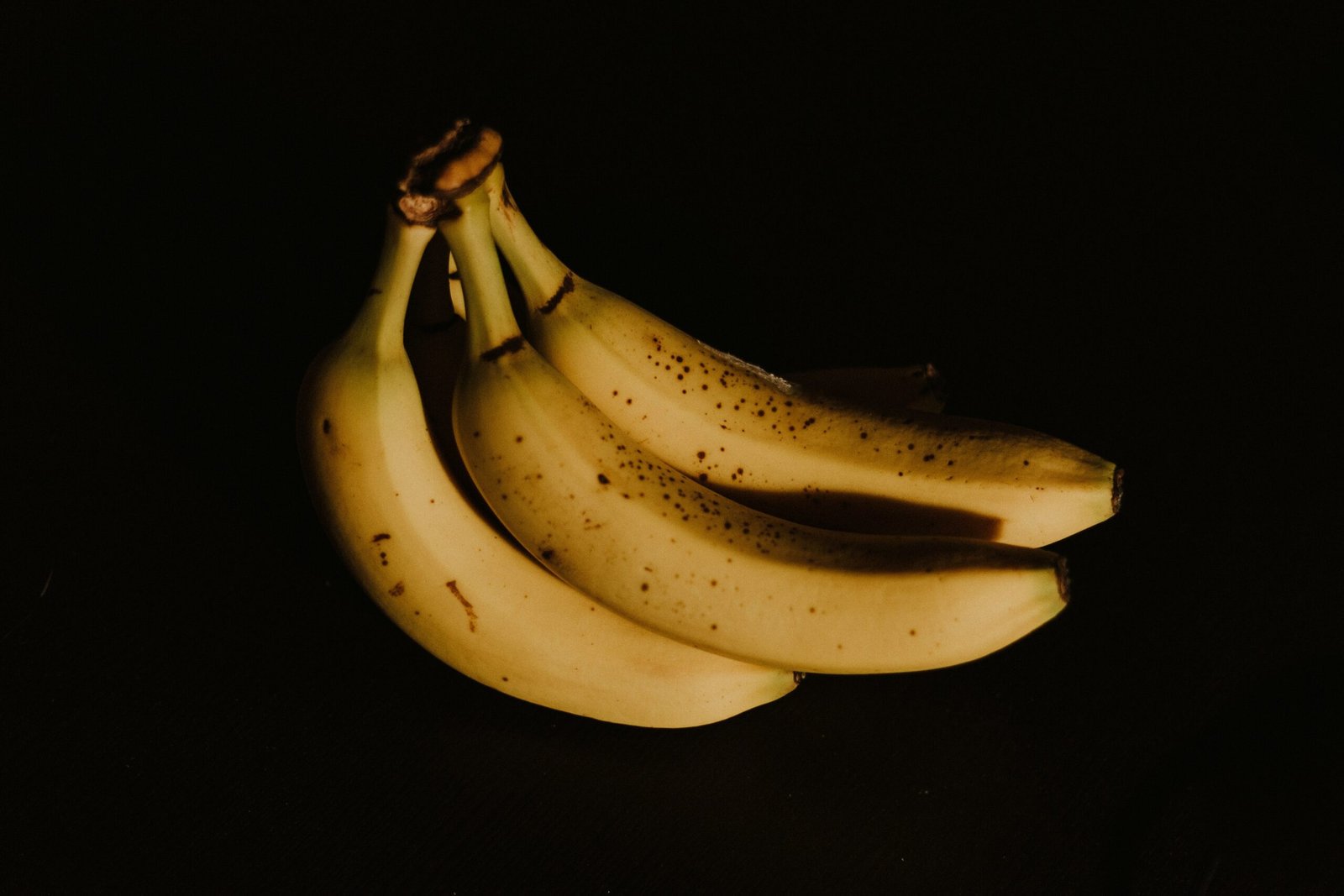Introduction
Brown spots on the face can be a common concern for many individuals. Whether caused by sun damage, aging, or hormonal changes, these spots can affect one’s self-confidence and overall appearance. Fortunately, there are several effective methods to remove face brown spots and achieve a more even complexion. In this article, we will explore the top five tips for removing these spots and restoring your skin’s natural radiance.
1. Exfoliation
One of the key steps in removing face brown spots is regular exfoliation. Exfoliating the skin helps to remove dead skin cells, unclog pores, and promote cell turnover. This process can fade the appearance of brown spots over time.
There are various exfoliation methods you can try, including:
- Chemical exfoliants: These include alpha hydroxy acids (AHAs) and beta hydroxy acids (BHAs), which work to dissolve the bonds between dead skin cells and promote their removal. Look for products containing ingredients such as glycolic acid or salicylic acid.
- Physical exfoliants: These involve using a scrub or brush to physically remove dead skin cells. Be cautious with physical exfoliation, as harsh scrubbing can irritate the skin. Opt for gentle exfoliants and use them no more than twice a week.
Remember to always follow exfoliation with a moisturizer and sunscreen to protect your skin.
2. Skin Lightening Products
Skin lightening products can be effective in reducing the appearance of brown spots on the face. These products work by inhibiting the production of melanin, the pigment responsible for dark spots.
When choosing a skin lightening product, look for ingredients such as:
- Hydroquinone: This is a common ingredient in many skin lightening products. It works by reducing the production of melanin.
- Kojic acid: Derived from mushrooms, kojic acid has been shown to have skin lightening properties.
- Vitamin C: This powerful antioxidant not only brightens the skin but also helps to inhibit melanin production.
It is important to note that some skin lightening products may cause irritation or sensitivity. Always perform a patch test before applying to your entire face and consult with a dermatologist if you have any concerns.
3. Laser Treatment
If you are looking for a more advanced solution to remove face brown spots, laser treatment may be an option to consider. Laser treatments work by targeting the pigmented cells in the skin and breaking them down, resulting in a more even skin tone.
There are different types of laser treatments available, including:
- Intense Pulsed Light (IPL): This treatment uses broad-spectrum light to target and break down pigmented cells.
- Q-switched lasers: These lasers emit short pulses of high-intensity light, specifically targeting pigmented cells.
It is important to consult with a qualified dermatologist or skincare professional to determine the most suitable laser treatment for your specific needs. Laser treatments may require multiple sessions for optimal results and may have some downtime for recovery.
4. Chemical Peels
Chemical peels are another effective method for removing face brown spots. These peels involve applying a chemical solution to the skin, which exfoliates and removes the outer layers, revealing fresher, more even-toned skin underneath.
There are different types of chemical peels available, including:
- Superficial peels: These peels use mild acids, such as alpha hydroxy acids (AHAs), to gently exfoliate the skin’s surface.
- Moderate peels: These peels use stronger acids, such as glycolic acid or trichloroacetic acid (TCA), to penetrate deeper into the skin and target more stubborn brown spots.
- Deep peels: These peels use stronger acids, such as phenol, to deeply penetrate the skin and address more severe pigmentation issues. Deep peels are typically performed by dermatologists or trained professionals.
It is important to note that chemical peels may cause temporary redness, peeling, and sensitivity. It is crucial to follow post-peel instructions provided by your skincare professional to ensure proper healing and minimize any potential side effects.
5. Natural Remedies
In addition to professional treatments, there are also natural remedies that may help in removing face brown spots. While these remedies may not provide the same level of efficacy as medical treatments, they can be a gentler option for those with sensitive skin or a preference for natural ingredients.
Some natural remedies to consider include:
- Lemon juice: The natural acidity of lemon juice can help lighten dark spots over time. Apply fresh lemon juice to the affected areas and leave it on for 10-15 minutes before rinsing off.
- Aloe vera gel: Known for its soothing properties, aloe vera gel may also help fade brown spots. Apply a thin layer of pure aloe vera gel to the affected areas and leave it on overnight.
- Green tea extract: Green tea extract contains antioxidants that can help brighten the skin. Apply cooled green tea to the face using a cotton pad and leave it on for 10-15 minutes before rinsing off.
- Apple cider vinegar: Diluted apple cider vinegar can help exfoliate the skin and fade brown spots. Mix equal parts apple cider vinegar and water, apply to the face using a cotton pad, and leave it on for a few minutes before rinsing off.
It is important to note that natural remedies may not work for everyone, and results may vary. If you experience any adverse reactions or worsening of your condition, discontinue use and consult with a healthcare professional.
Conclusion
Removing face brown spots can be a gradual process that requires consistency and patience. By incorporating exfoliation, skin lightening products, professional treatments, and natural remedies into your skincare routine, you can effectively reduce the appearance of brown spots and achieve a more even complexion.
Remember to always protect your skin from further damage by wearing sunscreen daily and avoiding excessive sun exposure. If you have any concerns or persistent brown spots, it is recommended to consult with a dermatologist who can provide personalized advice and treatment options.


